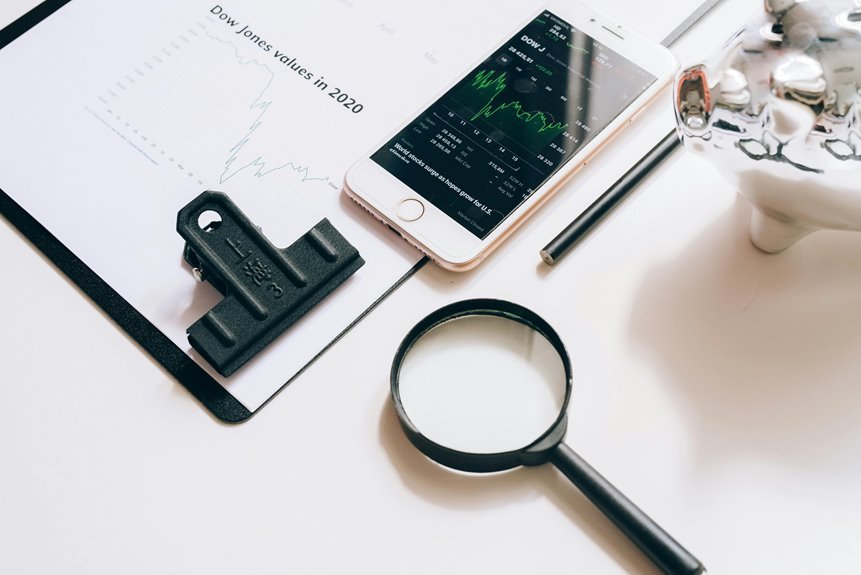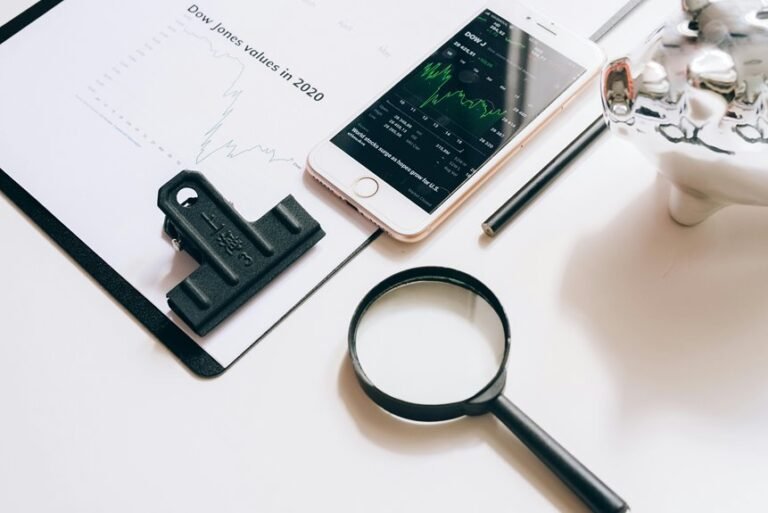Find Out Everything About Any Phone Number: 8665592621, 8666147375, 8666216385, 8667507489, 8668347925, and 8669284171

Analyzing the phone numbers 8665592621, 8666147375, 8666216385, 8667507489, 8668347925, and 8669284171 reveals potential connections to telemarketing and customer service. Understanding the nature and intent behind these calls is vital. Each number may represent different risks, particularly regarding personal information. A closer examination of their origins and purposes can uncover significant insights, raising important questions about the legitimacy and safety of such unsolicited communications.
Understanding the Caller: 8665592621
The phone number 866-559-2621 is often associated with various telemarketing and customer service calls.
Understanding the caller identity behind this number is crucial for consumers seeking to safeguard their privacy. Phone verification processes can help determine the legitimacy of the call, empowering individuals to make informed decisions.
Awareness of these factors fosters autonomy and enhances protection against unsolicited communications in an increasingly intrusive environment.
Identifying the Purpose: 8666147375
What can be discerned about the purpose of the phone number 866-614-7375?
Primarily associated with customer service, this number has garnered attention due to numerous scam warnings.
Users report unsolicited calls linked to dubious offers or requests for personal information.
Those seeking assistance should exercise caution and verify the legitimacy of correspondence before engaging to ensure their privacy and security.
Evaluating Risks: 8666216385, 8667507489, 8668347925, and 8669284171
Risk assessment surrounding the phone numbers 866-621-6385, 866-750-7489, 866-834-7925, and 866-928-4171 is essential for users concerned about unsolicited communications.
Scam awareness plays a pivotal role in identifying potential threats, while call tracing can provide insights into the legitimacy of these contacts.
Evaluating risks associated with these numbers empowers individuals to safeguard their personal information and maintain their freedom from unwanted intrusions.
Conclusion
In a world increasingly dominated by unsolicited calls, the juxtaposition of genuine customer service and potential scams becomes starkly evident. While numbers like 8665592621 may represent legitimate inquiries, others such as 8666147375 and 8666216385 raise alarms about privacy risks. The need for vigilance remains paramount; consumers must navigate the fine line between seeking assistance and safeguarding personal information. Ultimately, the responsibility lies with individuals to discern between helpful communication and deceptive tactics in this digital age.





